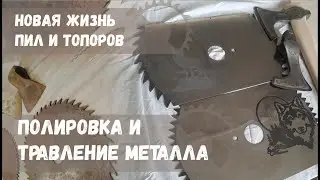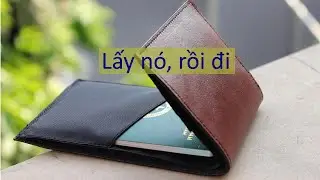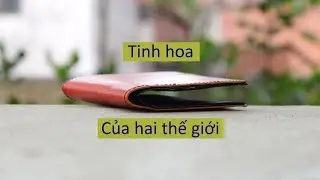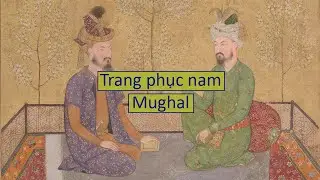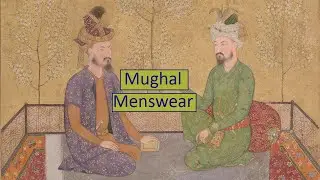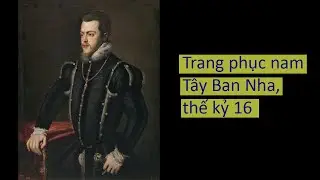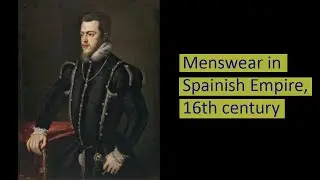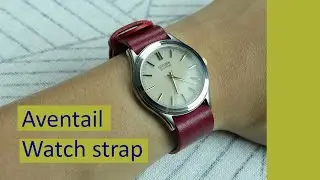Menswear in Spain empire, 16th century
Link shop: http://aventail.vn
Video transcript:
• Brief history about Spanish Empire
The Spanish monarchy was created when Ferdinand of Aragon and Isabella of Castile married and united their nations. With the new dynasty, Spain reconquered Iberia peninsula and started to expand oversea. The empire reached its golden age in 16th and 17th century when it had colonies all around the world, the first global empire where the sun never set. The wealth of the empire brought enough gold and silver to reintroduce inflation into Europe. With such a large empire, the Spanish had troubles keeping it together. Wars with British, French, American, and independence movements tore the empire apart. The empire also industrialized much later than other Western European, which made the economy heavily dependent on agriculture and mining. The empire formally ended when the last oversea colony was lost in 1976.
• European heritage
Spain shared most of the clothes system with other European nations, which consisted of:
A linen shirt with collar or ruff and matching wrist ruffs, which were laundered with starch to be kept stiff and bright.
Doublets were stiff, heavy garments, with long sleeves sewn or laced in place, and were often reinforced with boning that were worn over the shirt.
A jerkin, usually sleeveless and often made of leather, was worn over the doublet. Waistlines dipped V-shape in front, and were padded to hold their shape. Around 1570, this padding was exaggerated into a peascod belly.
Hose, in variety of styles, were worn with a codpiece early in the period. Trunk hose or round hose were short padded hose.
Very short trunk hose were worn over cannions, fitted hose that ended above the knee.
Slops or galligaskins were loose hose reaching just below the knee.
Short cloaks or capes, usually hip-length, often with sleeves, or a military jacket like a mandilion, were fashionable.
Long cloaks were worn in cold and wet weather. Gowns and robes began to fall out of fashion and became traditional clothes.
• Spanish distinct style
16th century is a rare time in European history when Spanish fashion dominated the continent. From their colonies in America, the Spain had a monopoly of the expensive deep black dyestuff called “raven’s wing”, and another intense red dyestuff from Cochineal bug. These colors became mandatory in court dress and was popular everywhere except France and Italy. It became the symbol of wealth, social class, and religious austerity.
The black clothes were made of intricate heavy fabric like velvet and raised silk, and decorated with jewelry like rubies, diamonds and pearls to contrast the black backdrop.
They also wore ruffs (lechuguillas): a wheel of white linen cloths that wrap around the neck, with a matching pair of cuffs. It was made to shown that the man had a high position and didn’t have to do manual labor. In later times, Spanish ruffs became a plain semicircular wheel called golilla, while other European ruffs became more elaborated, made of delicate reticella, and later using needlelaces.
In later times, the Spanish changed their slim fit trunk hose into a singular padded breech called calzones, which made them look broad and solid. Other European follow French style instead.
• Headwear
Through the 1570s, a soft fabric hat with a gathered crown was worn. These derived from the flat hat of the previous period, and over time the hat was stiffened and the crown became taller and far from flat.
Later, a conical felt hat with a rounded crown called a capotain or copotain became fashionable. These became very tall toward the end of century. Hats were decorated with a jewel or feather, and were worn indoors and out.
Close-fitting caps covering the ears and tied under the chin called coifs continued to be worn by children and older men under their hats or alone indoors; men's coifs were usually black.
A conical cap of linen with a turned-up brim called a nightcap was worn informally indoors; these were often embroidered.






